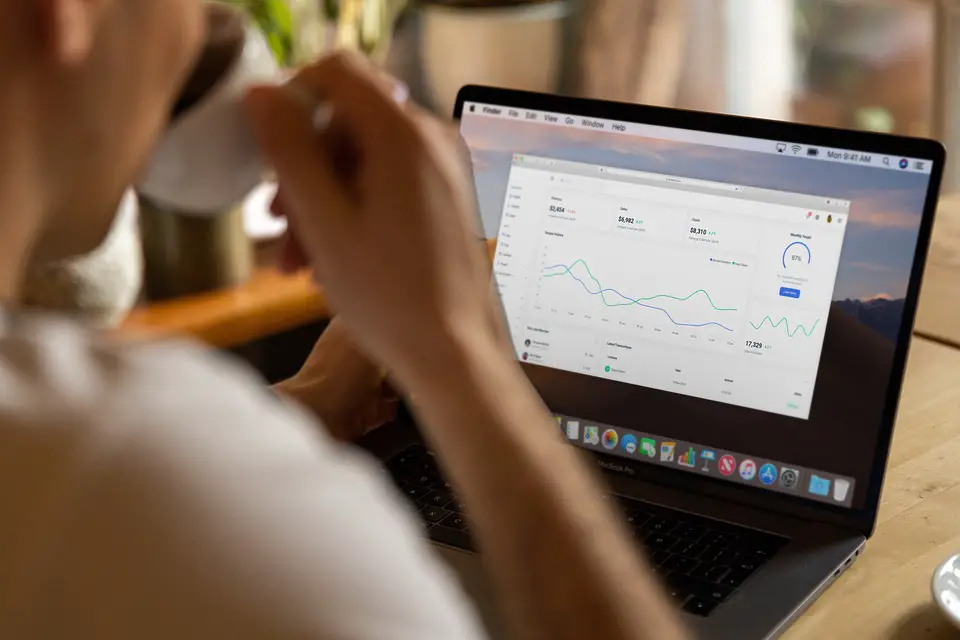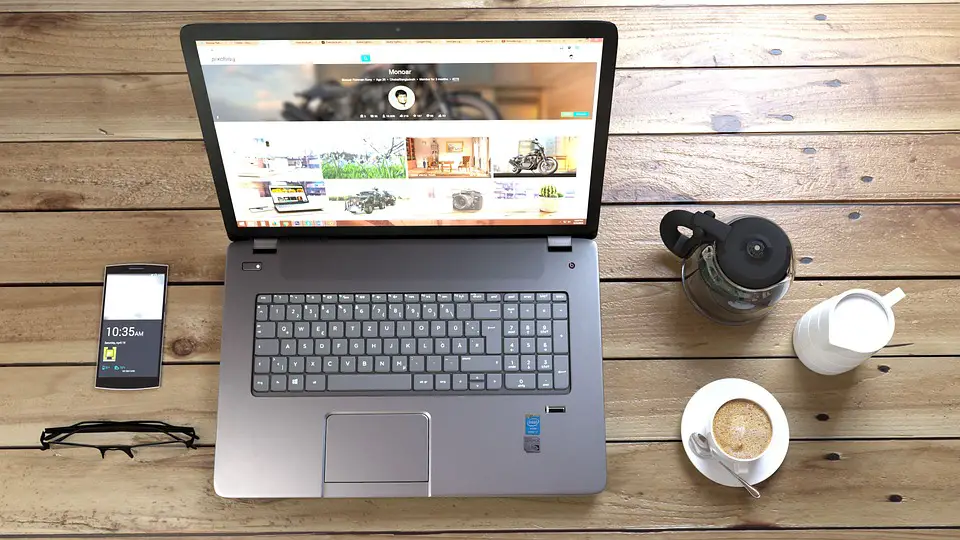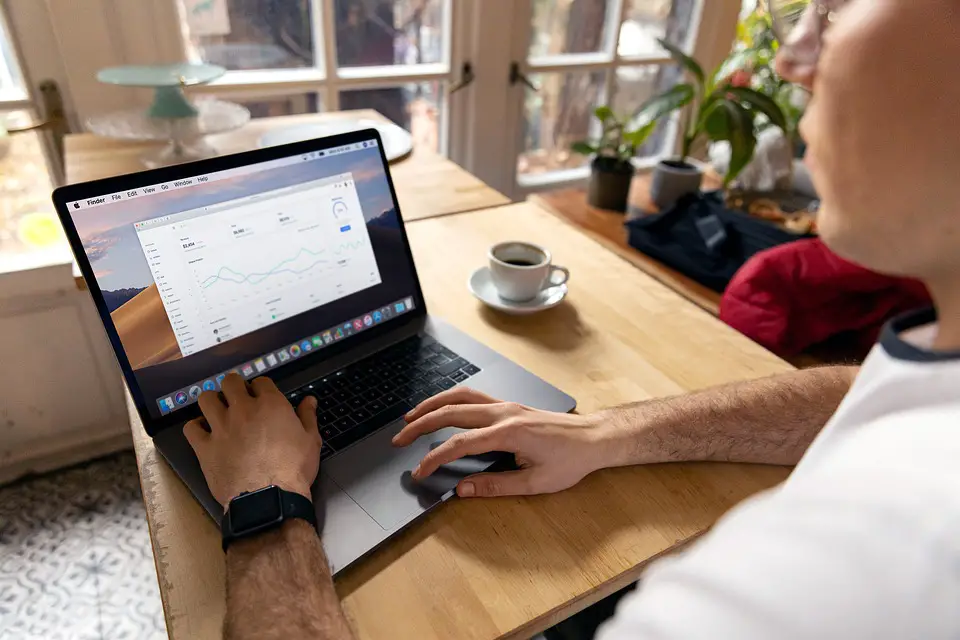Freelancing can feel like a wild carnival ride – exhilarating, unpredictable, and occasionally, you might just lose your lunch. But here’s the kicker: the key to making this freelancing rollercoaster a little less nauseating lies in how you collaborate with clients. So, buckle up, because we’re diving into the best practices that’ll transform your client relationships from chaotic to cash-cow.
Why Client Collaboration is Your Golden Ticket
Before we get to the nitty-gritty, let’s talk money. Why should you care about collaborating effectively with clients? Because happy clients mean repeat business, referrals, and a steady stream of income. Think of it as investing in a long-term relationship without the awkward "let’s take this to the next level" conversation.
When you get client collaboration right, you’re not just avoiding those dreaded “what were they thinking?” moments, you’re also paving the way for more projects, higher rates, and a portfolio that practically sells itself. So let’s get you there!
Set Clear Expectations: The GPS for Your Project Journey
Imagine you’re driving without a GPS. You might end up at a gas station in the middle of nowhere, wondering how you got there. Setting clear expectations is your GPS for client projects. Here’s how to do it:
-
Define the Scope: Outline what you’ll deliver, including timelines, milestones, and specific tasks. You don’t want to be the person who gets asked to do the digital equivalent of building a rocket ship when you were contracted to create a paper airplane.
-
Create a Contract: This isn’t just a piece of paper; consider it your freelance safety net. It should clearly state payment terms, project scope, and what happens if either party goes rogue.
- Communicate Regularly: Schedule check-ins that suit both of you. Whether it’s weekly Zoom calls or status emails, keep the lines of communication open. Think of it as the “let’s not ghost each other” pact.
Embrace Feedback Like a Long-Lost Relative
Feedback is the lifeblood of any successful freelance relationship. But let’s be honest, not everyone knows how to give feedback without sounding like they’re auditioning for a role in a horror film. Here’s how to handle it:
-
Ask for Input Early and Often: Don’t wait until the project is done to ask for feedback. Get input during the process. This way, you can pivot if needed, instead of delivering a final product that makes everyone cringe.
-
Be Open-Minded: Yes, it’s your creative baby, but remember that your client might have their own vision. Approach feedback with an open mind. If they suggest a change, think of it as a chance to level up your work, not a personal attack.
- Clarify and Confirm: If feedback is vague, ask questions. “What do you mean by ‘make it pop’?” could save you hours of rework. Clarify until you both are on the same page.
Build Trust: The Freelance Currency
Trust is as vital in freelancing as money is in your bank account. Without it, you’re just another name on a list of freelancers who fell flat. Here’s how to build that trust:
-
Be Transparent: If something goes wrong (like that time you accidentally deleted the file), own up to it. Clients appreciate honesty. Plus, it’s a lot less stressful than trying to cover up a mistake.
-
Deliver on Time: This isn’t just about meeting deadlines; it’s about building a reputation. If you say you’ll deliver a project by Friday, make sure it’s in their inbox before they start wondering if you’ve run off to join a circus.
- Showcase Your Expertise: Clients hire you for your skills. Don’t be shy about sharing your knowledge. Offer insights and suggestions that can improve the project. You’ll position yourself as a trusted advisor, not just a hired hand.
Keep the Lines of Communication Open: The Secret Sauce
Good communication is like a secret ingredient that takes your freelance dish from bland to grand. Here are some spicy tactics to keep it sizzling:
-
Set Up a Communication Channel: Whether it’s Slack, email, or carrier pigeon (kidding, don’t do that), make sure both you and your client are comfortable with the chosen method. Regular updates will keep everyone in the loop.
-
Use Visual Aids: Sometimes words aren’t enough. Use mockups, charts, or even memes to convey your ideas. A well-placed meme can lighten the mood and make your point crystal clear.
- Be Responsive: If a client sends you a message, don’t leave them hanging like a bad cliffhanger in a soap opera. A quick acknowledgment can go a long way in fostering good vibes.
Set Boundaries: The Art of Saying No
As a freelancer, it’s easy to slip into the “yes man” routine where you agree to everything to keep the clients happy. But here’s the truth: saying no can actually strengthen your relationships. Here’s how to master the art of boundaries:
-
Know Your Limits: Take on what you can handle without sacrificing quality. If a client asks for something that’s outside your expertise or available time, be honest.
-
Offer Alternatives: If you can’t do something, suggest alternatives. “I can’t take this on right now, but I know someone who can!” This shows you care about the project’s success, even if you’re not the one executing it.
- Stick to Your Rates: If a client asks for a discount, don’t cave in just to keep them happy. Stand your ground. If they value your work, they’ll understand that quality comes at a price.
Celebrate Wins: The Cherry on Top
When you and your client reach a milestone, celebrate it! This not only boosts morale but also strengthens your working relationship. Here’s how to do it:
-
Send a Thank You Note: A simple “thank you” can go a long way. A handwritten note? Even better! It shows you’re not just in it for the money.
-
Share the Success: If the project gets positive results, let your client know. Celebrate their success as a team—after all, you contributed to that win!
- Ask for Referrals or Reviews: Once you’ve wrapped up a project, don’t be shy about asking for referrals or testimonials. If they loved working with you, they’ll likely be happy to recommend you to others.
Conclusion: Make Client Collaboration Your Superpower
Collaborating with clients doesn’t have to feel like pulling teeth. By setting clear expectations, embracing feedback, building trust, communicating effectively, setting boundaries, and celebrating wins, you can turn your freelance relationships into a well-oiled machine.
Remember, freelancing is not just about the dollars; it’s about building connections that can lead to lasting partnerships and a steady stream of income. So go out there, implement these best practices, and watch your freelance career soar.
Now, if you excuse me, I have to go find my next client and charm them with my newfound collaboration superpowers. Happy freelancing!






